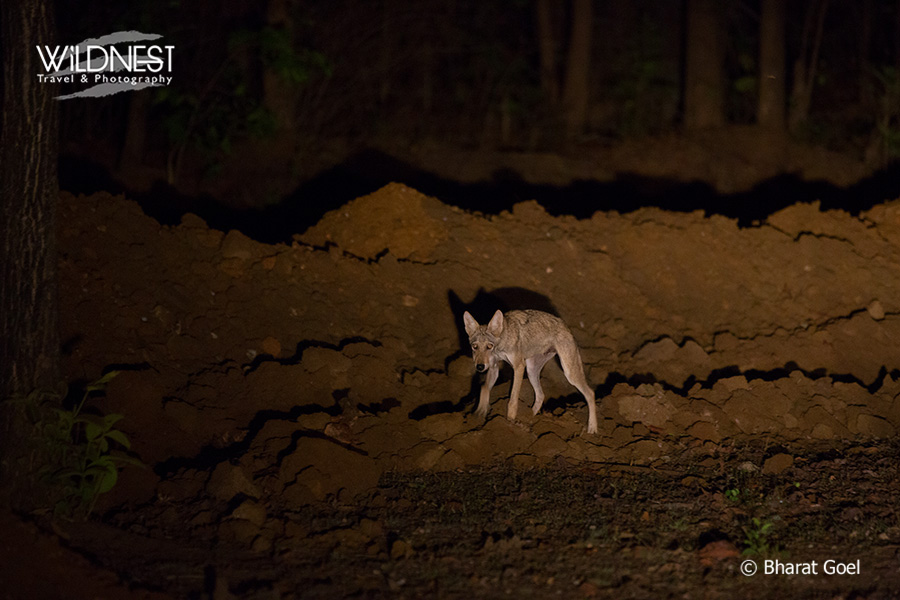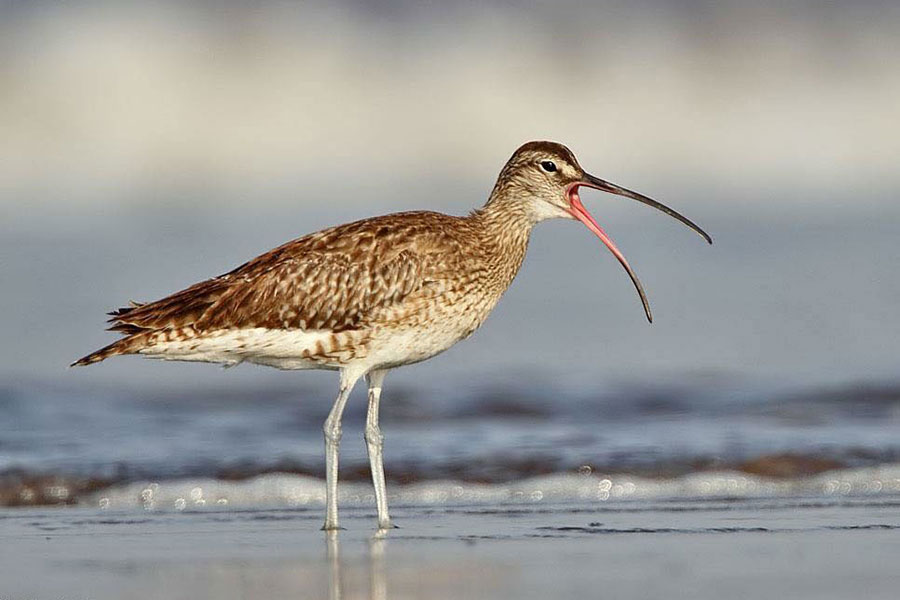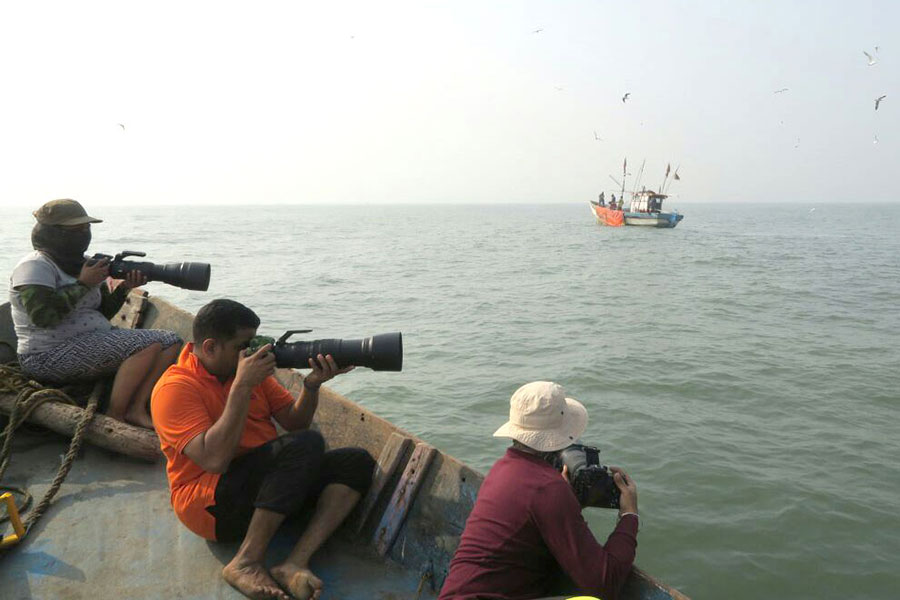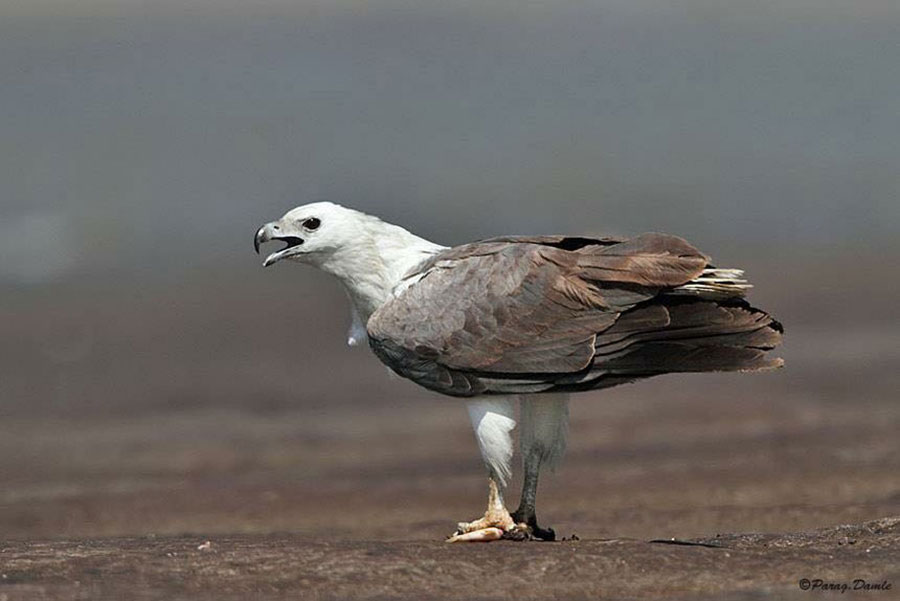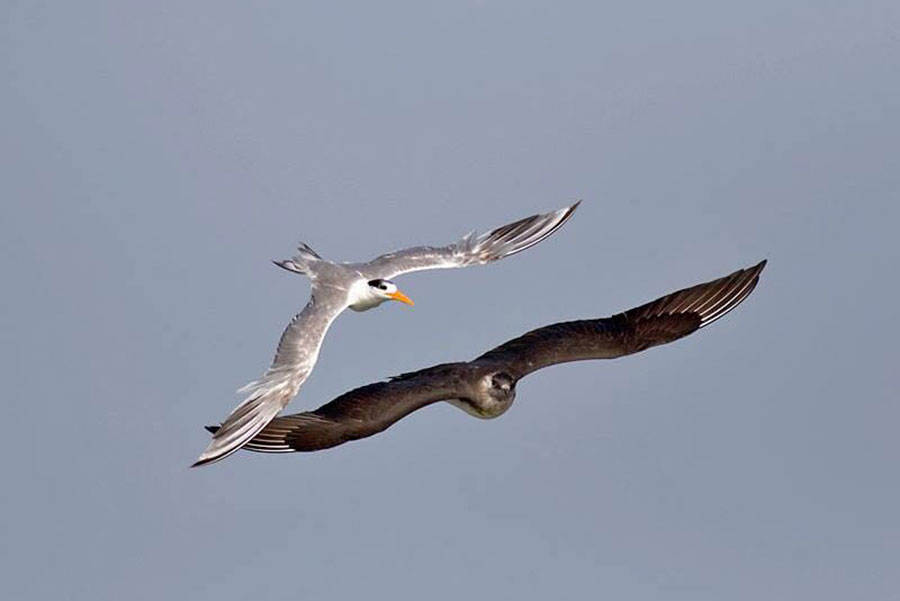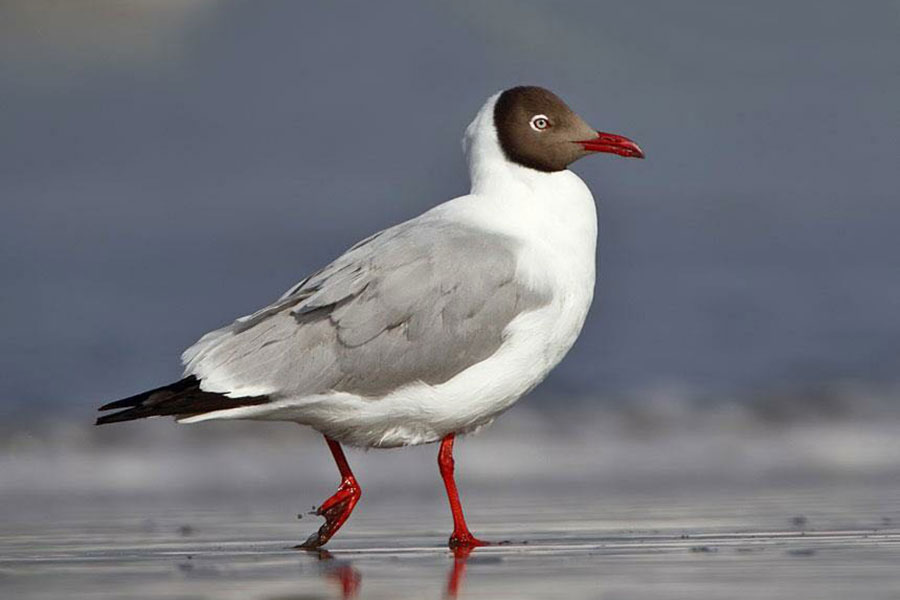Also called as Mowgli land, Pench Tiger Reserve has a splendid history and is part of the original setting of the much-celebrated “ The Jungle Book” by Rudyard Kipling. In spite of Pench’s late entry on the tourist horizon in 2002, it made its mark. Situated in the southern part of the Satpura range in Madhya Pradesh, it is named after the Pench River which criss crosses through the forest from north to south, almost dividing it into equal halves.
Many poets and writers have been charmed the beauty of this area. Ain-i-Akbari describes the richness of this park. In the epics of Meghdootam and Sakuntalam, the poet Kalidas has mentioned about the charm of the place. R.A. Strendale’s also wrote about the beauty of Pench in the “Camp in the Satpura Hills” as does Forsyth’s “Highlands of Central India” and Dunbar Brander’s ‘Wild Animals of Central India’.
Pench National Park was also chosen by the BBC for the novel wildlife series Tiger: Spy in the Jungle, a 3-part documentary narrated by Sir David Attenborough. Thereafter a tigress namely “Collarwali” gave birth to 5 cubs in 2011 and all grew up well in spite of the various obstacles that came in their way before they reached adulthood.
Pench, very rich in biodiversity, supports a variety of flora and fauna, including a diverse variety of aquatic life. Hills, valleys, occasional slopes, dense mixed forests with thick undergrowth, and open grassy patches define its topography. The jungle is home to 33 species of mammals, more than 200 species of birds, around 50 species of fishes, 30 species of reptiles, 10 species of amphibians, and a variety of insects.
Park has two tourists’ entry gates namely, Turiya and Karmajhiri.
Come and explore this magnificent place, observe the amazing wildlife, hear the alarm calls, track the big cats, spot the birds and indulge in a new adventure which lasts with you for a lifetime.
Flora & Fauna
Due to the presence of mixed forest and high rainfall precipitation, the park is filled with stretches of Sal trees. In Pench, over 1200 species of plants have been recorded, including several rare and endangered plants. Few common plants that are found here are Moyan, Mahua, Mokha, Skiras, Tendu, Bija, Achar, Garari, Aonla, Ghont, Baranga, Aonla, Khair, BhirraPalas, Skiras and Kihamali and etc. The forestland also includes shrubs, tall trees and climbers besides being dominated by Teak, Bamboo, Timber and varieties of medicinal herbs and plants are also present here.
Pench is extremely rich in fauna and abodes a number of endangered species.Here, Tiger owns the jungle. Besides tigers, the forest is home to many animals such as Chital, Sambar Deer, Nilgai, Wild Boar, Jackal, Leopard, Sloth Bear, Wild Dog, Porcupine, Jungle Cat, Fox, Black-naped Hares, Striped Hyena, Gaur, Mouse Deer, Chowsingha, Langurs, Rhesus Monkeys, Flying Squirrels, Barking Deer and etc. Pench is also known as the birding destination, over 210 species of birds (both resident and migratory) are found here. For a bird watcher this park is a heaven for bird photography. One may find Barbets, Bulbul, Minivets, Orioles, Wagtails, Munias, Mynas, Waterfowls, Green Pigeon, Blue Kingfishers, Peafowl, Jungle Fowl, Racket-tailed Drongo, Crow Pheasant, Indian-pittas, Crimson-breasted Barbet, Ospreys, Red-vented Bulbul, Lesser Whistling Teal, Pintail, Magpie Robin, White-eyed Buzzards, Shoveler, Egret and Herons. Other than this, over 13 species of reptiles and 3 species of amphibians are also found here.
Pench Weather
Pench has a very tropical climate with extreme variations.
Summers (Mar-Jun) are really hot and dry with temperature between 21 degrees to 40 degrees.
During monsoons (Jul-Sep), it receives heavy rainfall and the park is also closed at this time of the year.
Winters (No-Feb) are rough because of the chilly wintry winds that lowers the climate here as low to 4 degrees.
We would advise you to carry light and cotton clothes during your visit in the summers and heavy woolen clothes during winters.
Ideal time to visit
The park is open from October to June. However early November to mid Marchis the best time for a visit, as the weather is cool and pleasant and ideal for photography. During winters one can also observe many migratory birds such as ruddy shelduck, bar-headed geese and other birds which are commonly seen are racket tailed drongo, golden oriole, crow pheasant, collared scops owl, Malabar pied horn bill.
However, if one is interested only in tiger sightings, April and May are good months to visit as chances of finding them near water bodies increases.
Best time to visit: February to April
Pench USP
This reserve is famous for tigers. The sighting of a tiger on a boulder or in the backdrop of Pench River or Pench reservoir is a unique experience.
This park is also good for observing Wild Dog, Indian Gaur, Leopard, Cheetal, Sambar, Nilgai and Jackal.
How to reach
Air:
The closest airport to Pench is Nagpur. The airport is very well connected by flights from Delhi and Mumbai.
Additional info-
Nagpur to Delhi- 2 hours
Nagpur to Mumbai- 1 hour and 30 minutes
Rail:
Nearest railway station is at Nagpur (90 kms ) away and is well connected throughout India.
Road:
One can easily reach Pench National Park from the route of Nagpur via NH7.
Additional info-
Nagpur to Pench National Park – 160kms (3 hours and 30 minutes)
Route –Nagpur – Kamptee – Ramtek – Seoni- Pench National Park
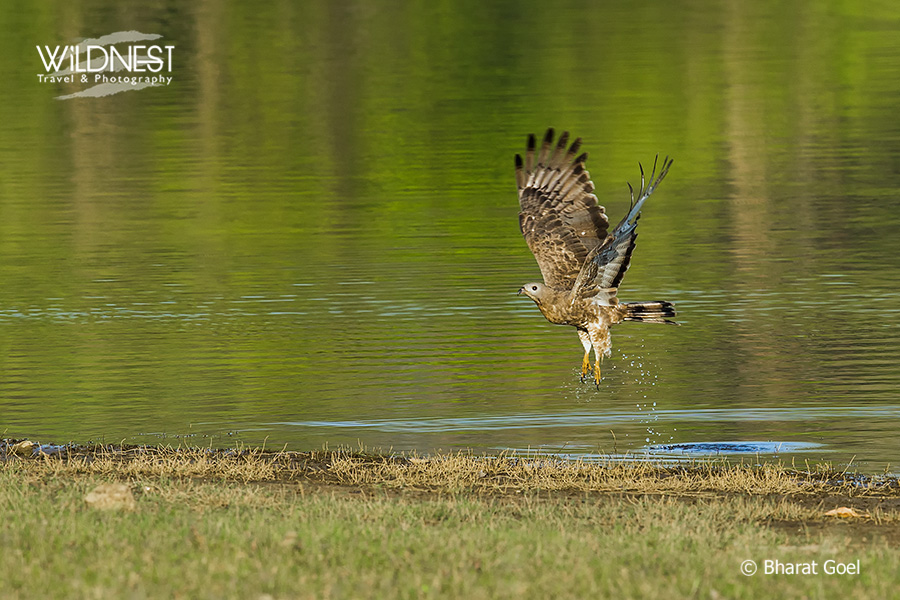
Weekend Getaway at Pench - 2 Days Trip
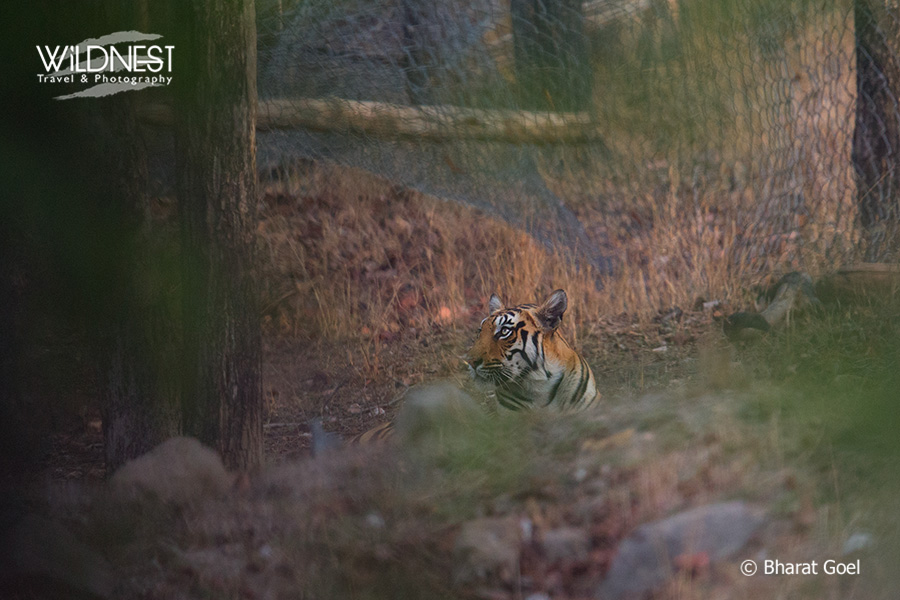
Weekend Getaway at Pench – 3 Days Trip
